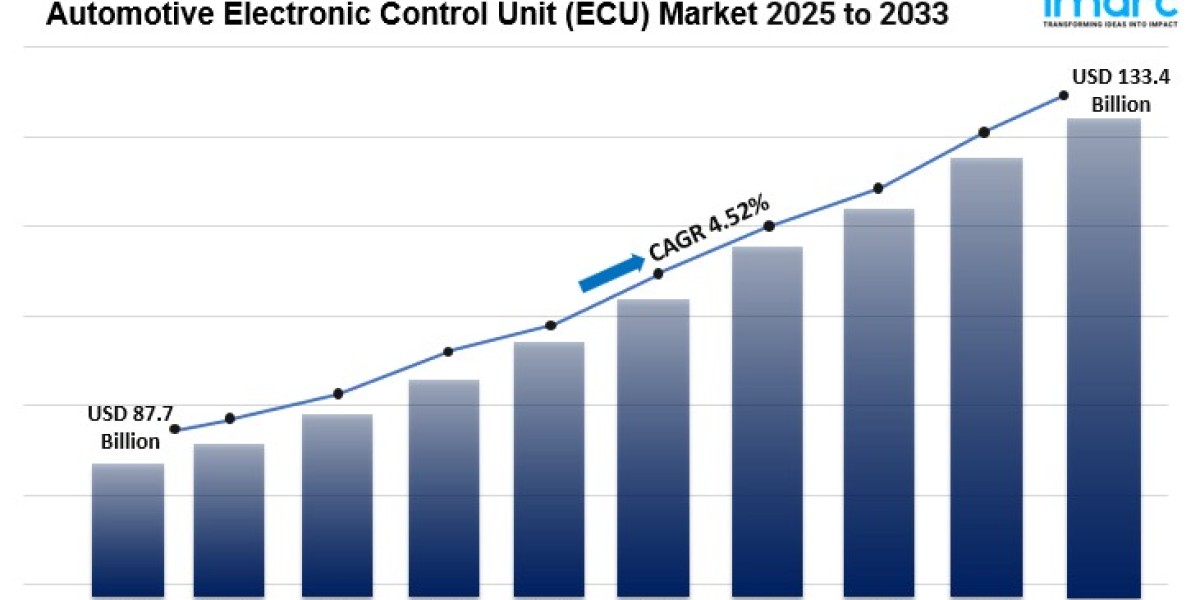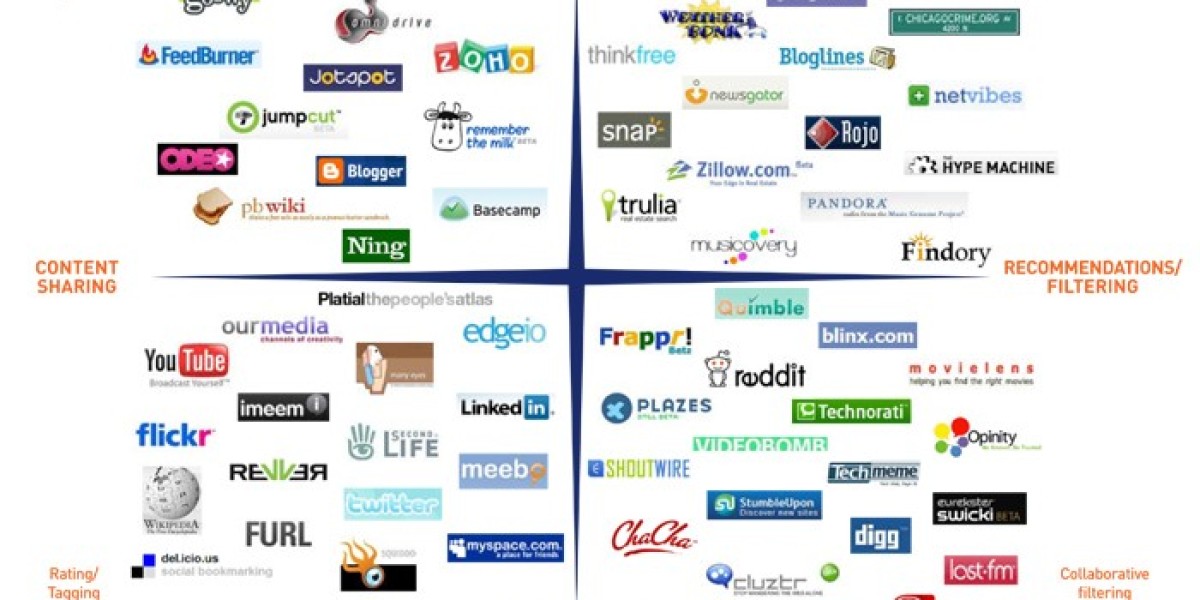In this post, we’ll break down the key differences between inbound and outbound marketing, explore how they work, and discuss which approach might be best suited for your business goals.
What is Inbound Marketing?
Inbound marketing is a strategy that focuses on attracting customers by providing valuable content and experiences tailored to their needs and interests. Instead of interrupting potential customers with unsolicited messages, inbound marketing pulls them in by addressing their pain points and offering helpful solutions. It is all about building trust and engaging customers over time, creating lasting relationships that result in higher conversions and brand loyalty.
At its core, inbound marketing revolves around creating content that educates and informs, rather than simply selling. Businesses use a variety of methods to capture attention, including blogs, social media posts, SEO (search engine optimization), webinars, email marketing, and more. The aim is to attract visitors, convert them into leads, and nurture those leads through to a successful conversion.
For example, a saas service provider might write blog posts, create videos, or offer downloadable resources that explain the features and benefits of their software. Over time, potential customers discover the content and begin to see the company as a trusted source of information. This can lead to higher engagement and conversions as the audience becomes familiar with the product and its value.
What is Outbound Marketing?
On the flip side, outbound marketing involves pushing messages out to a broad audience, often without prior engagement or invitation. This approach is more traditional and can include tactics such as TV commercials, radio ads, cold calls, print advertisements, and direct mail. Outbound marketing is often referred to as “interruptive” because it aims to reach people who may not have actively shown interest in the product or service being advertised.
Unlike inbound marketing, which seeks to engage people who are already looking for solutions, outbound marketing targets a larger audience, hoping to catch the attention of individuals who might not have otherwise considered the product. The goal is to generate leads by putting the message in front of as many people as possible.
For example, a marketing agency in Houston might run TV ads, send cold emails, or place banner ads on websites to promote a product or service. While outbound marketing can still be effective in certain industries, it often comes with higher costs and a lower level of personalization.
Key Differences Between Inbound and Outbound Marketing
1. Approach to Audience Engagement
The most fundamental difference between inbound and outbound marketing is how each engages with its audience. Inbound marketing is centered around attracting customers through content and experiences that provide value. It’s about building relationships and trust over time. Customers come to you by discovering your content organically, seeking solutions to their challenges.
Outbound marketing, on the other hand, is more focused on interrupting the audience with promotional messages. It is about pushing content out to as many people as possible in the hope that some of them will respond positively. The engagement is often short-term, and it can feel more transactional rather than relationship-driven.
2. Content vs. Disruption
Inbound marketing is content-driven. Companies invest time and resources into creating high-quality content that answers questions, solves problems, and addresses customer pain points. The content is designed to be helpful, informative, and shareable, making it more likely to be found by people looking for answers. By providing value upfront, inbound marketing positions the brand as an authority in its field, making the customer more likely to trust and engage with the company.
In contrast, outbound marketing relies on disruption. It pushes advertisements or messages to people who may not have requested or shown any interest in the product. While outbound marketing can be effective in certain circumstances, it often struggles to build lasting trust or relationships because it is more one-sided.
3. Cost and Resource Allocation
Another major difference between inbound and outbound marketing is the cost and resource investment. Outbound marketing, due to its nature, typically involves higher upfront costs. TV commercials, radio ads, and print media can be expensive, especially for small businesses. Even digital ads on platforms like Google and social media come with significant costs depending on targeting, bidding, and ad formats.
Inbound marketing, however, is often more cost-effective, especially for smaller businesses. Since inbound marketing relies heavily on creating quality content and optimizing it for SEO, the ongoing costs are often lower. Once a piece of content is created, it can continue to generate traffic and leads for months or even years. Of course, there are still costs involved in producing content and maintaining digital platforms, but the overall investment tends to be lower compared to outbound methods.
4. Lead Quality vs. Lead Quantity
With inbound marketing, the leads generated tend to be higher quality. Since customers are actively seeking information and solutions, they are more likely to be interested in the product or service. Inbound marketing strategies typically involve nurturing leads over time, building relationships, and guiding them through the buying process. This often results in more qualified leads who are ready to make a purchasing decision.
Outbound marketing, however, typically casts a wider net. While it may generate a larger volume of leads, not all of them will be as qualified or ready to buy. Since outbound marketing is often targeted to a broad audience, it can lead to lower-quality leads and higher levels of waste in terms of ad spend and time.
5. Measurability and ROI
Inbound marketing offers clear advantages in terms of measurability and tracking ROI. Digital channels used in inbound strategies, such as SEO, content marketing, and social media, provide detailed analytics that allows businesses to track performance in real time. Metrics like website traffic, click-through rates, conversion rates, and customer lifetime value can be easily monitored, allowing businesses to optimize their efforts and make data-driven decisions.
Outbound marketing can also be measured, but it’s often harder to track precise results. For example, measuring the impact of a TV commercial or radio ad might require more effort and longer timelines, making it more difficult to determine which tactics are delivering the best results. As a result, inbound marketing is often preferred for its transparency and ability to fine-tune strategies quickly.
Choosing the Right Strategy for Your Business
The decision to adopt inbound or outbound marketing largely depends on your business goals, budget, and target audience. For businesses with limited resources, inbound marketing is often the more cost-effective and sustainable option. It allows for a more targeted approach to attracting and nurturing customers over time.
However, outbound marketing can still be effective in certain scenarios, particularly for businesses looking to build brand awareness quickly or for those targeting specific demographics. When combined with inbound tactics, outbound marketing can help accelerate growth and provide additional reach.
Conclusion
Inbound and outbound marketing each have their strengths and weaknesses, and the best strategy will depend on the unique needs of your business. Inbound marketing offers a more cost-effective, long-term approach to attracting and nurturing high-quality leads. In contrast, outbound marketing can be a quicker way to generate awareness but may come with higher costs and less sustainable results.
By understanding the differences and weighing the benefits of both approaches, businesses can create a marketing plan that maximizes their resources and drives sustainable growth. Whether you’re just starting or looking to optimize your strategy, finding the right balance between inbound and outbound marketing can set you on the path to success.









